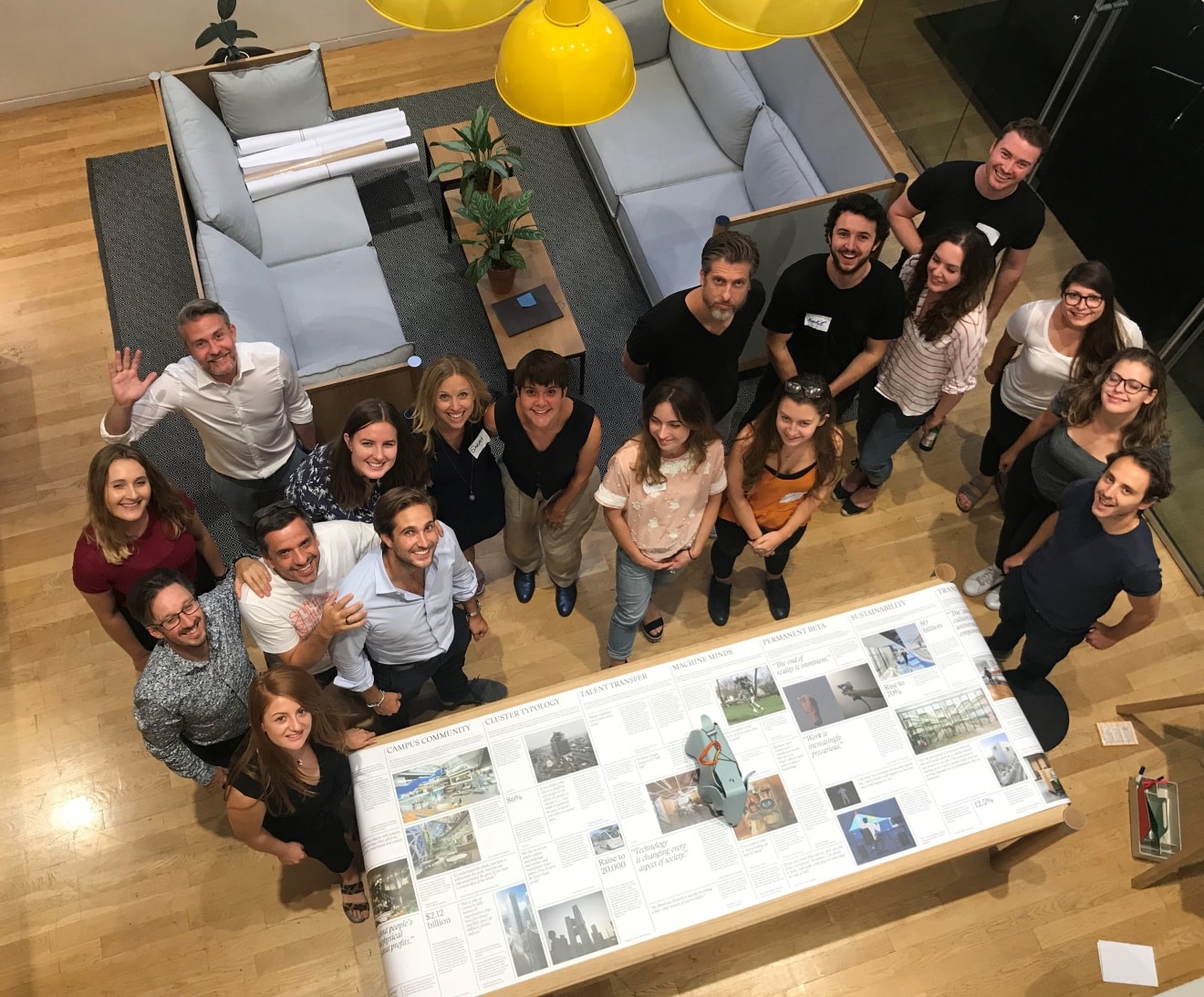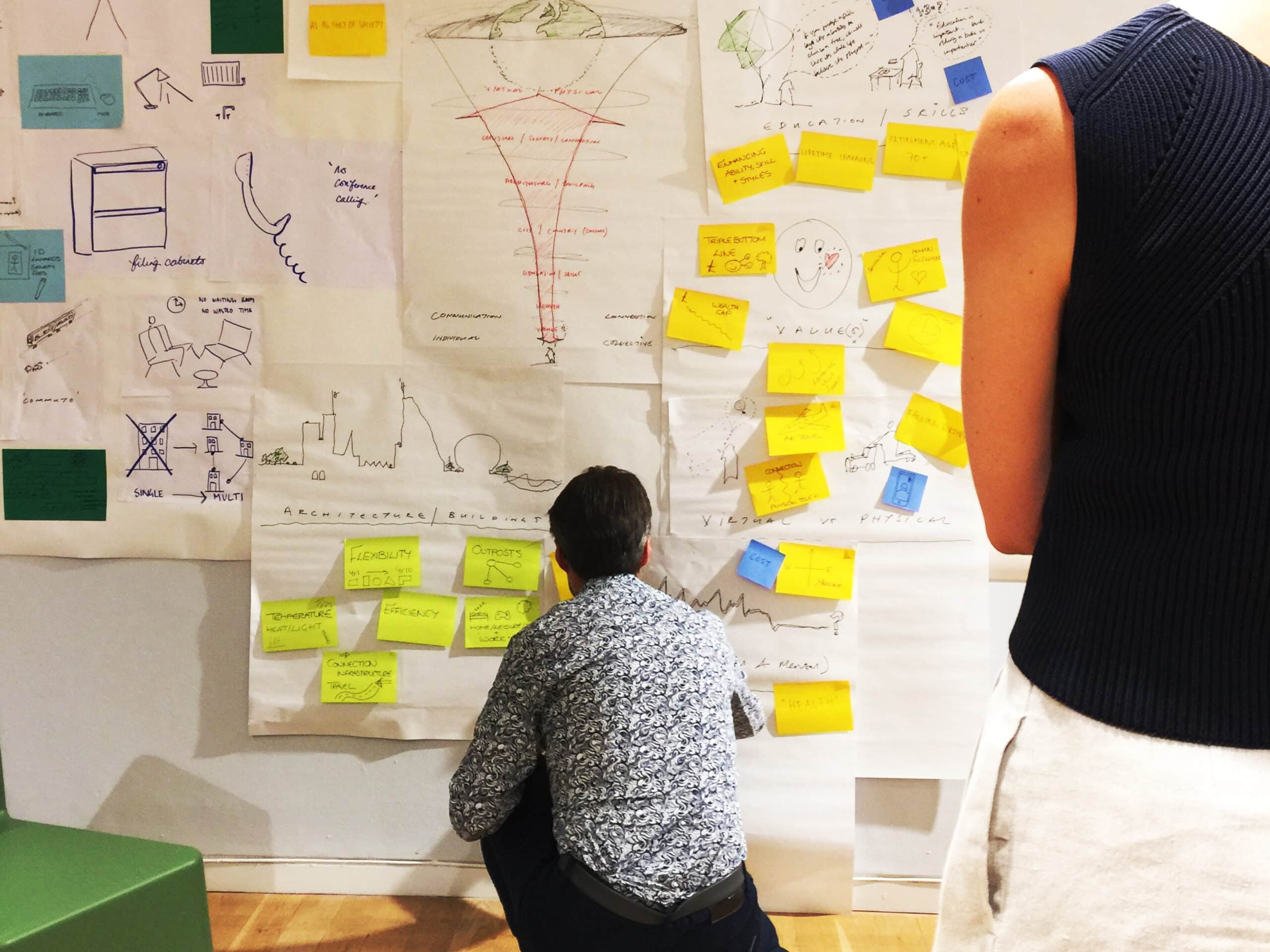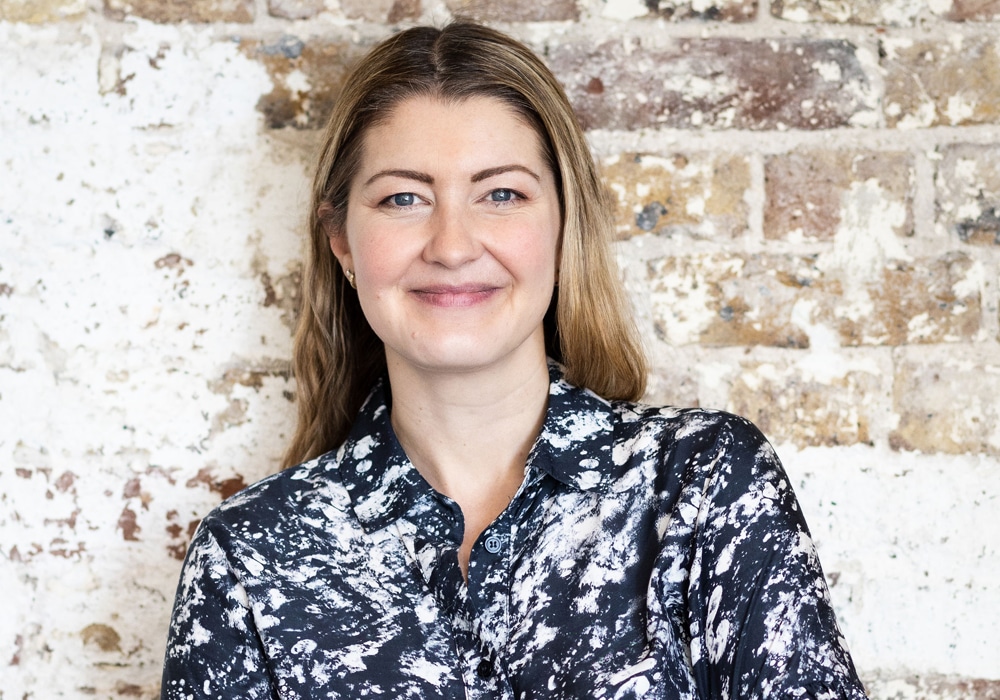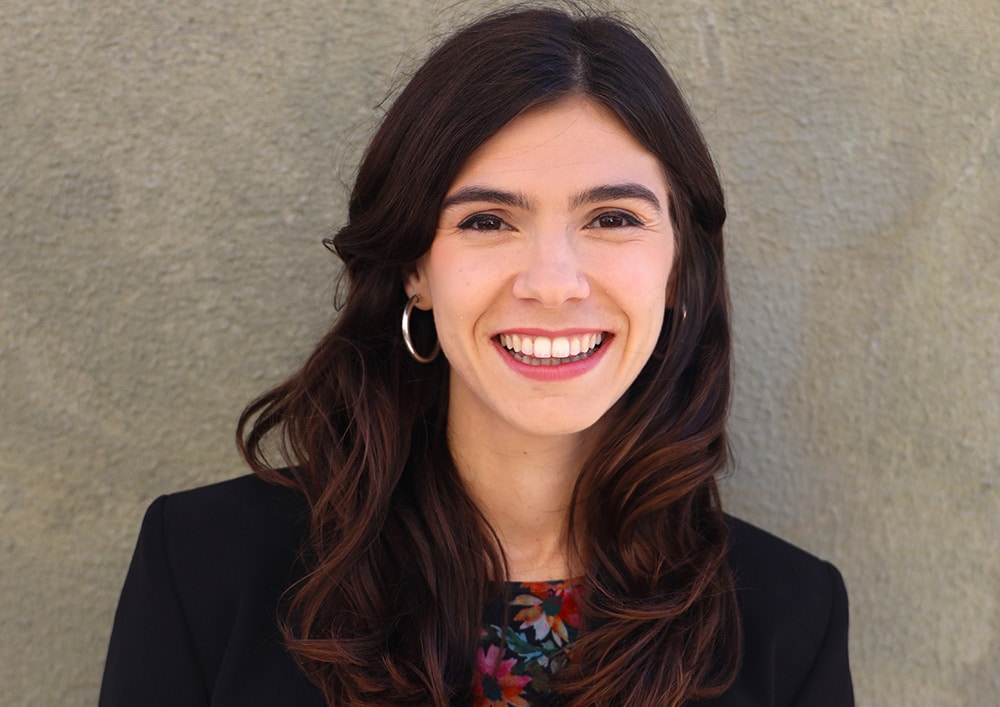MCM wins Vitra London Sprint Workhackathon
If we challenged you to think about what the workplace of the future looked like, what would you say? What will organisations look like? What will be their purpose? How do you think about it? How do you imagine it? How do you design it?
MCM Architecture was invited to do just this by Vitra, one of the world’s most renowned furniture and workplace specialists, as part of their global series of design sprints and workhackathons. Led by Raphael Gielgen, Head of Research and Trend Scouting, the idea of the design sprint was to bring disruptive, and creative, thinking to the premise of rebooting the office. It was essentially looking at what’s next, relative to the office environment. And the next economy. Raphael set the challenge of finding ‘five radical ideas for a workspace in 2028’. And so we did.
Unlike hackathons where people with diverse skills are brought together to rapidly develop a project, MCM Architecture was pitted against two other teams to pitch our version of the future workplace as the best. No easy feat in a room of innovative thinking, but the fusion of rapid thinking, blue sky ideas and team work shaped the winning concept – ‘Your vertical campus’.
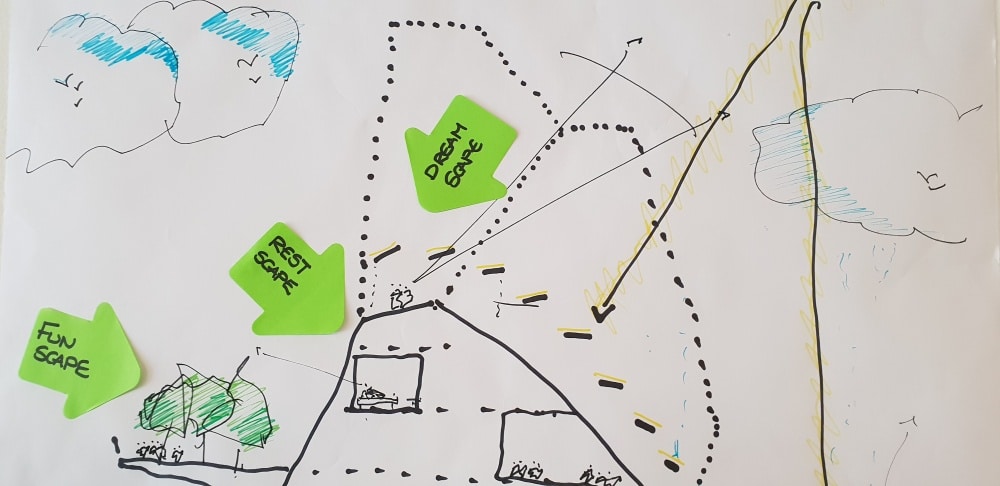
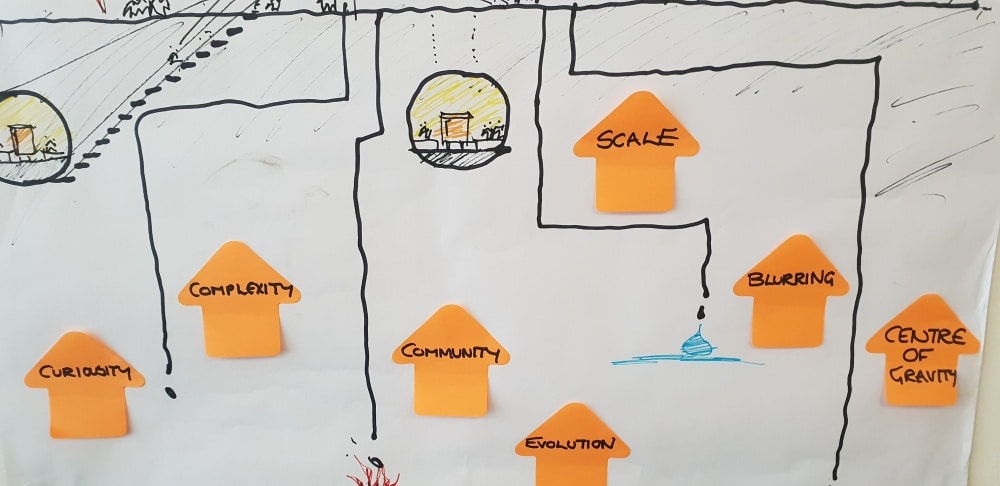
The MCM Architecture team of Isabel Koenig Woodroffe, Isabel Williamson, Sarah Bolas and Sean Hatcher integrated disciplines of design, workplace strategy and behavioural change to tackle a series of three challenges. Each was structured to push thinking, and time keeping skills, but more so to build a framework with which to approach the idea of rebooting the office. In the process, the team navigated themes such as campus communities, cluster typology, talent transfer and transversality.
“The team had to think beyond what is realistic and possible, and to think even more conceptually and imaginatively. And even though ‘Your vertical campus’ is a response to what the future framework for thinking could be, at the core of it is that spaces should align with needs,” notes Isabel Williamson, Strategic Consultant.
“A challenge we faced was defining a set of values and ideas that would form the framework of our vision. We envisioned a workplace that is equitable, sustainable and remains firmly in the physical world, where work is not limited to individual tasks but rather expands to collective, global problem-solving. It was exciting to see that we have such expectations and aspirations for the future!” adds Isabel Koenig Woodroffe, Senior Workplace Consultant.
The team’s idea for the vertical campus is that it is a building that is very much part of the urban fabric. The ‘thesis’ is ‘evolutionary scapes forming a centre of gravity’; work scapes in their own right would be evolving and changing based on the individual and society needs. The vertical campus provides a whole series of scapes which includes skill scape (addressing skills shortage), mind scape (looking at mental health) and escape (places to disappear to or think in). And each of these could actually help an individual and a business to perform at a higher level.
Sean Hatcher, Design Director, explains “There will be challenges in 10 years’ time. Some of the challenges will be how we’ve grown up, that we’re used to certain things and how they may no longer be there. What will they be and how will we deal with those. This is tapping into our far-ranging thinking – high level, pie in the sky, amazing thinking.”
The concept of ‘scapes’ is just one of the five radical ideas. The team also included ideas of bio architecture, bio responsiveness and bio behaviour. These draw on the relationship that could exist between the earth’s core, the elements and people; from fuelling the energy of the building to creating buildings that can expand, contract and change in response to demand, seasons and purpose. The fifth idea examines the notion of intra-visionary buildings – where people, groups of people and organisations come together to solve macro issues at geo-political, social or environmental levels.
“What was wonderful for me was to think through the impact it would have on people’s behaviour. We are already supporting so many organisations that are forward thinking enough to grapple with the disruption and impact of changes in technology, multi-generation workforces and attraction of talent. We were able to really consider the stark realities of the tremendous culture shifts that will be required for organisations to survive and how building resilience and flexibility into the workforce is going to be critical over the coming decade,” says Sarah Bolas, Head of Behavioural Change.
Although the win entails a trip to Vitra’s Campus in Switzerland, Vitra’s Sprint Workhackathon in London has highlighted the importance of working across disciplines to solve the challenges we face in the workplace. It also brought to the foreground the reason why we put aside time to think through creative ideas, and then make these relevant in the spaces we are creating today.
